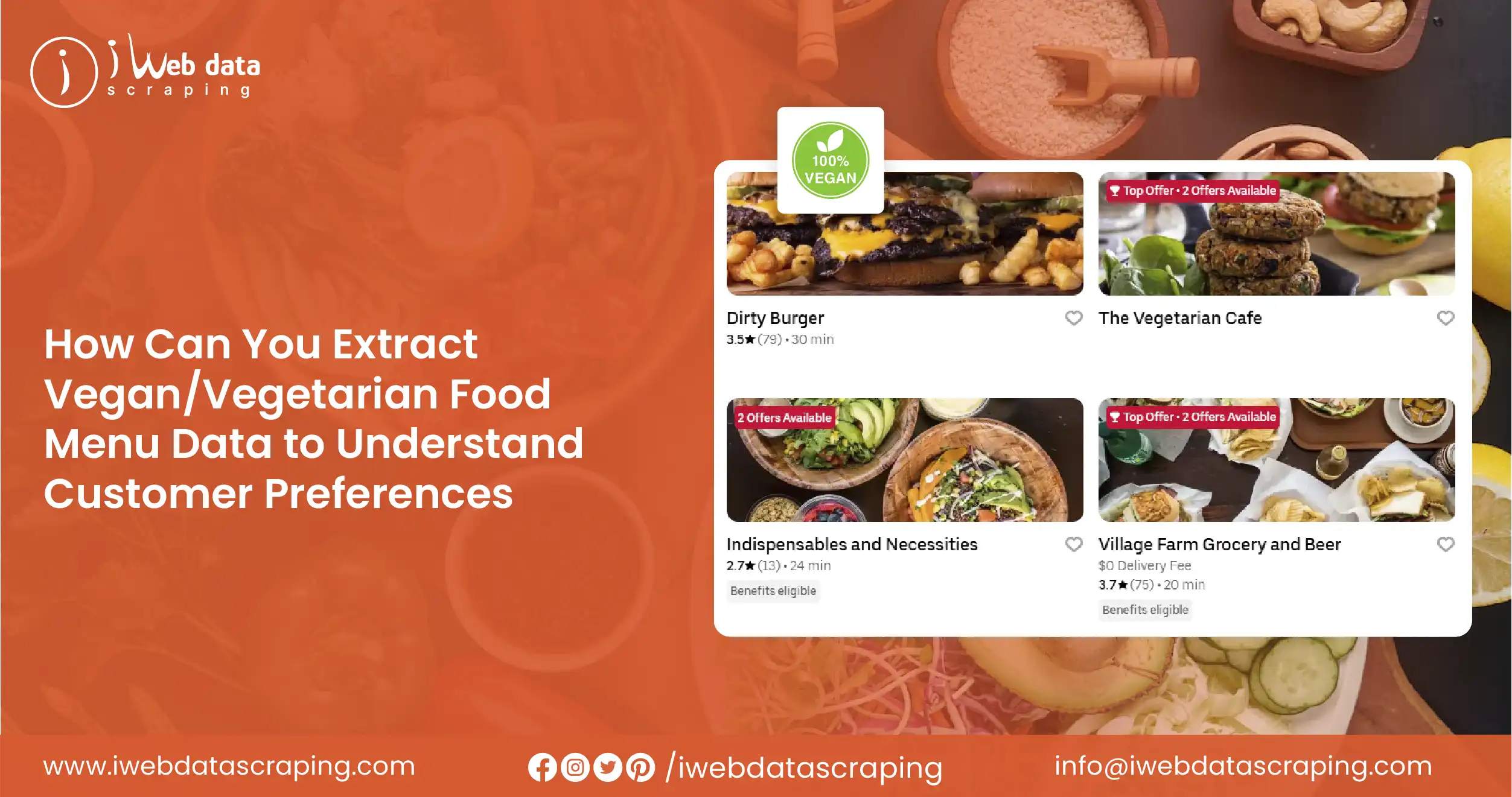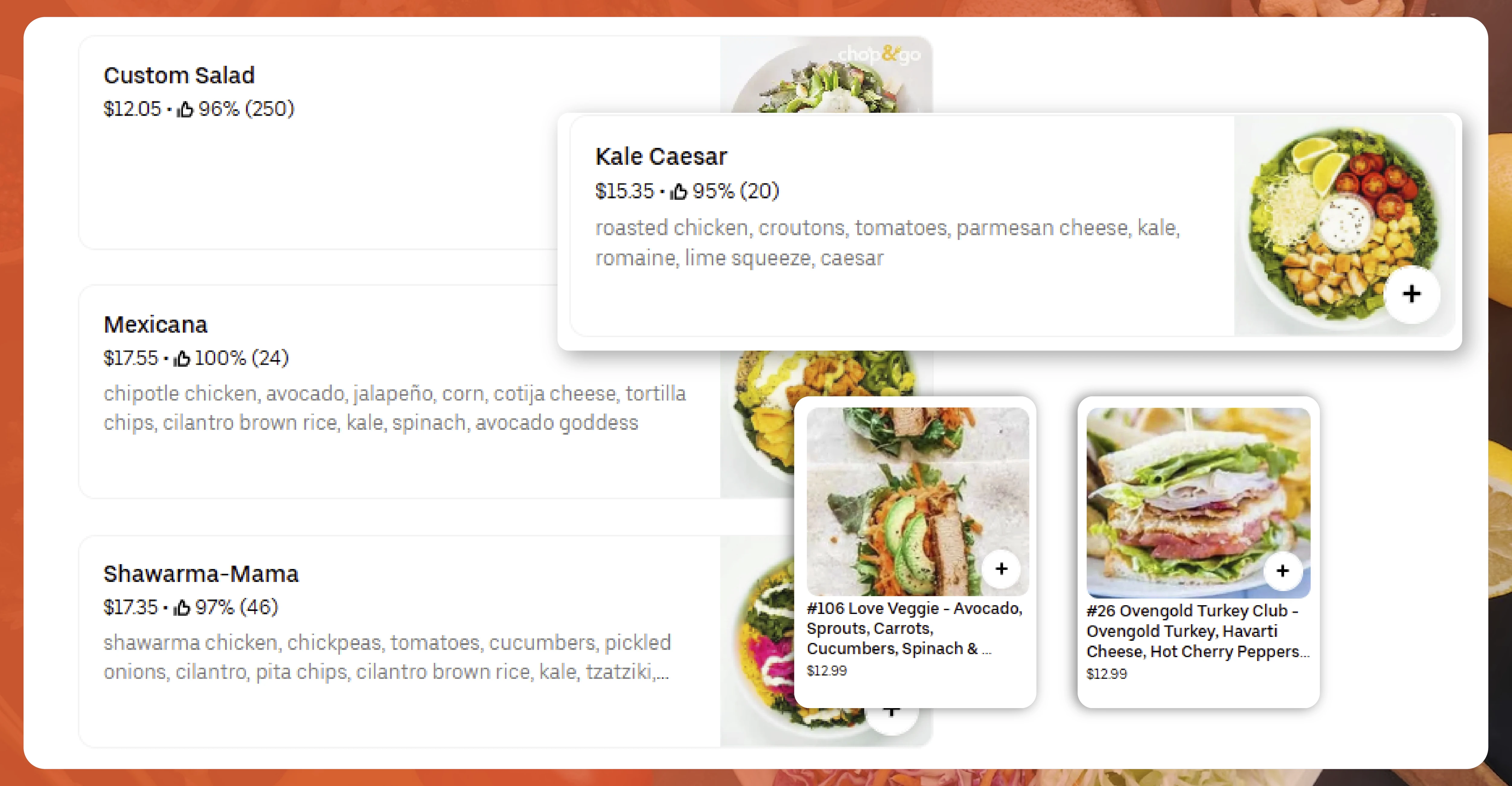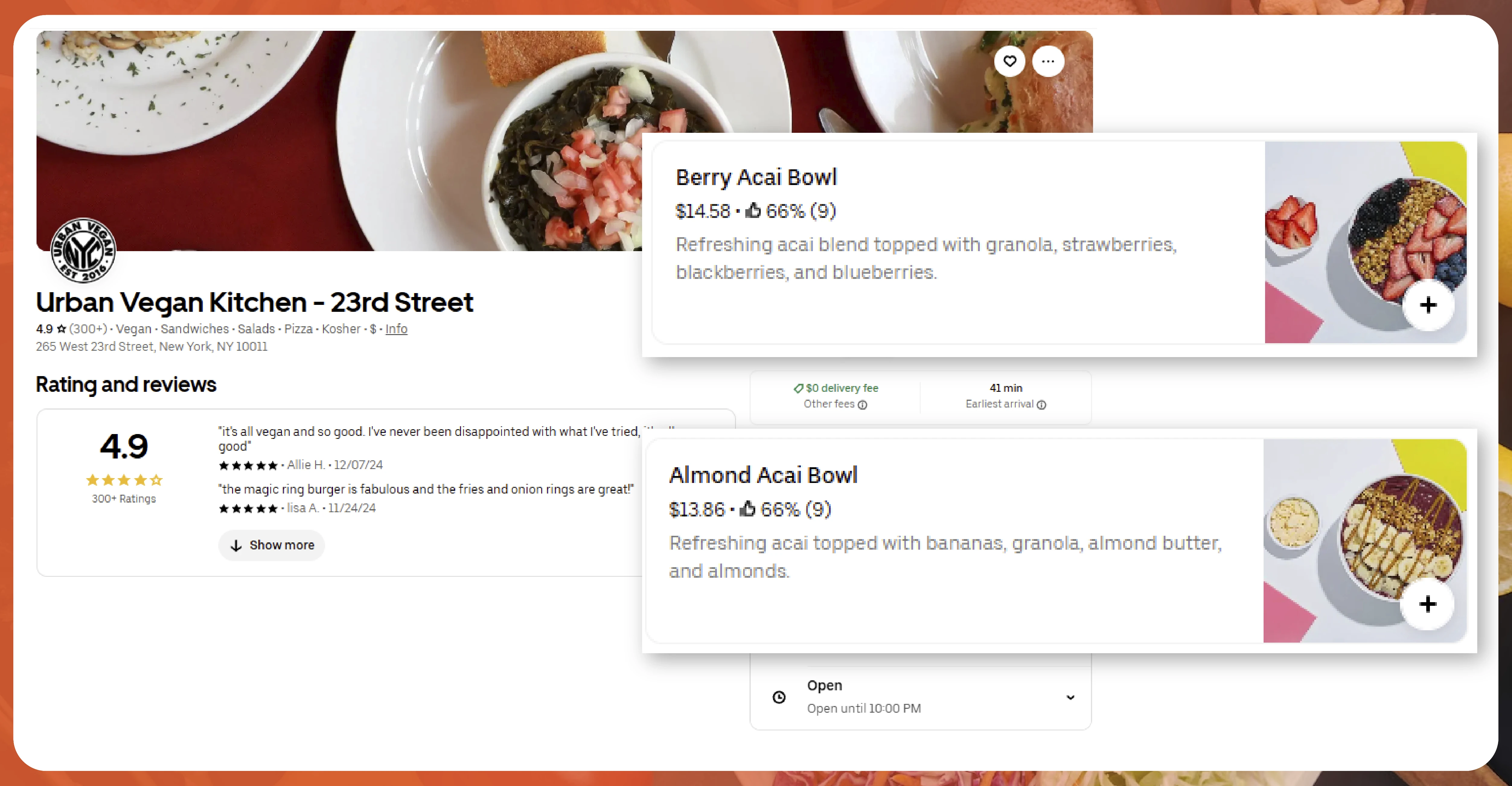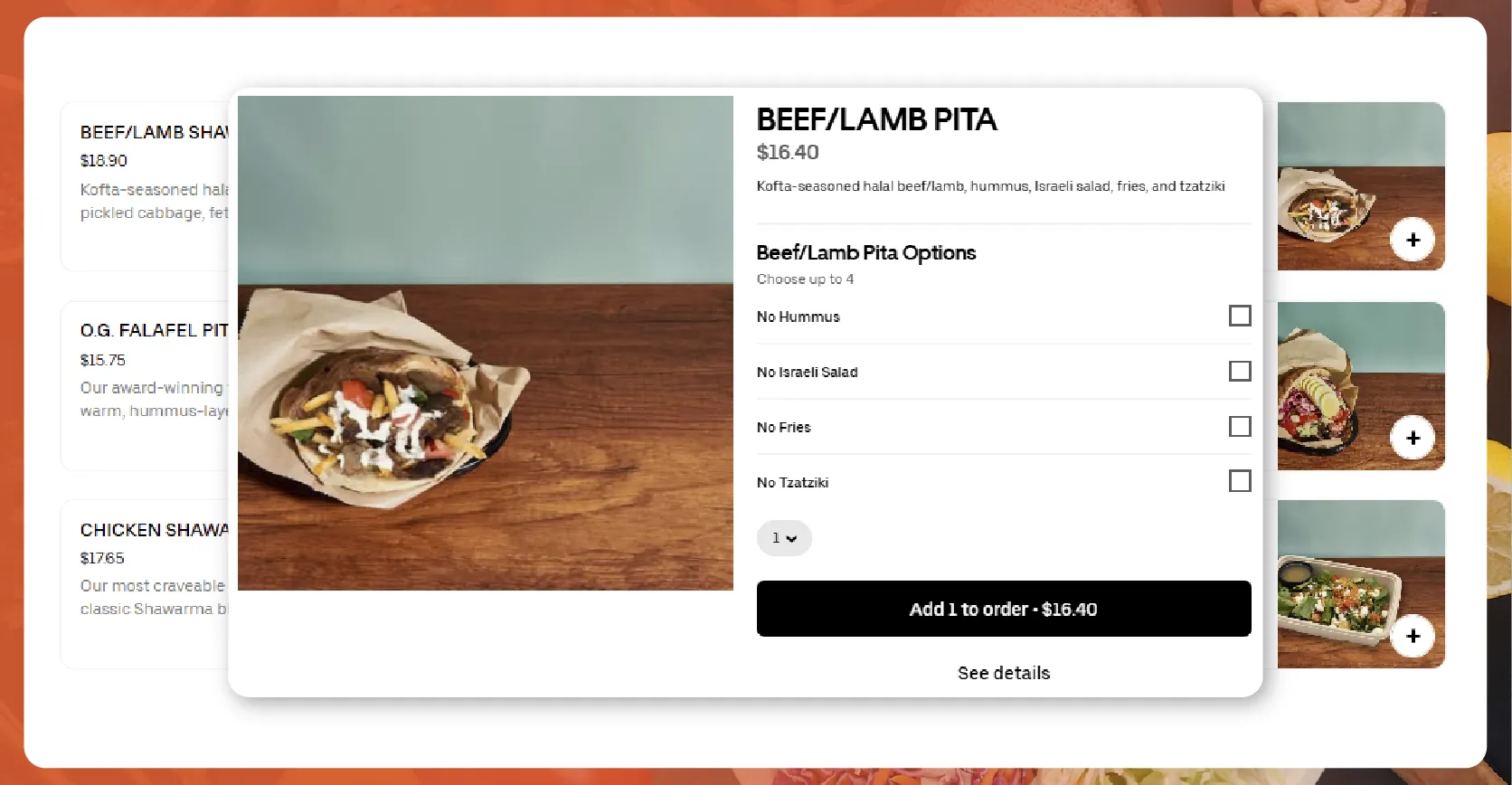
In recent years, dietary preferences worldwide have undergone a significant transformation, particularly in the food service and delivery sectors. A rapidly growing section of consumers is now opting for plant-based lifestyles, prioritizing health, sustainability, and animal welfare. As a result, food businesses—from quick-service restaurants to gourmet dining establishments—are evolving their menus to cater to these preferences. To make smart and timely decisions in this shifting landscape, the ability to Extract Vegan/Vegetarian Food Menu Data is proving to be more essential than ever.
By choosing to Scrape Vegan Menu Items from Food Platforms, businesses gain access to comprehensive, structured data on the growing variety of plant-based dishes available across food delivery platforms, restaurant websites, and aggregator services. With a Track Plant-Based Dishes Using Menu Data Scraper, companies can analyze which dishes are trending, how often they appear, what ingredients are favored, and where demand is peaking. This blog delves into the rising trend of vegan and vegetarian dining, who benefits from scraping this data, and how such insights drive real results.

The plant-based movement, once considered a niche phenomenon, has now evolved into a global lifestyle choice adopted by millions. The rise of vegan and vegetarianism is no longer limited to personal ethics; it is backed by nutritional research, climate action, and culinary innovation. In India, the USA, the UK, and much of Europe, there's a visible shift in the food delivery ecosystem, where restaurants are increasingly labeling vegan-friendly options and even launching plant-based-only menus.
This change is reflected in digital food platforms such as Zomato, Uber Eats, Swiggy, Deliveroo, and Grubhub. Not only are more dishes being labeled vegan or vegetarian, but filters and preferences for such meals are being prominently displayed. This digital footprint of plant-based preferences is rich in insights, and to understand it, businesses are now investing in tools and services for Web Scraping Vegan Food Item Listings Data.

Several key food trends have emerged within the vegan and vegetarian space:
Tracking such trends by Scraping Vegetarian Meals Across Restaurant Menu Data helps businesses stay one step ahead and ensures their offerings resonate with evolving consumer tastes.
The plant-based market is highly dynamic, and the competitive edge lies in having accurate and up-to-date information. Scraping vegan/vegetarian menu data provides critical, real-time insights into:
To remain agile in such a fast-moving industry, businesses must Extract Vegetarian Dish Data from Food Apps to enrich their strategies with factual, up-to-date menu intelligence. In an age where consumer expectations shift rapidly, having a structured pipeline of plant-based menu data ensures that decisions—from product development to marketing—are grounded in reality.
Supercharge your strategy with precise menu insights—start scraping food delivery data tailored to your business today!
A diverse array of stakeholders sees immense value in scraping plant-based food data:
This growing demand is met through Web Scraping Plant-Based Food Options Data, enabling custom datasets, filtering, and dashboard integration for stakeholders.

Data from vegan/vegetarian menus reveal valuable behavioral insights:
These insights provide a nuanced understanding of consumer preferences, enabling companies to adapt and refine their offerings.
As businesses leverage Food Delivery Data Scraping Services , they can build detailed models to predict demand, identify seasonal dish popularity, and align their inventory or menu development accordingly.
By using our Restaurant Data Scraping Service , businesses can unlock the full potential of plant-based market data to attract more customers. Here's how:
With the support of Food Delivery Data Intelligence Services , restaurant owners, food brands, and aggregators can proactively identify opportunities and scale their presence within the plant-based movement.
As the demand for vegan and vegetarian meals continues to rise, having the ability to Extract Vegan/Vegetarian Food Menu Data is not just beneficial—it's strategic. From small cafes to multinational delivery platforms, the competitive advantage lies in knowing what people are eating, where, and why. With reliable access to food menu data through scraping technologies, businesses can make intelligent decisions that align with customer preferences, reduce waste, and increase profitability.
Leveraging our expertise in Restaurant Data Intelligence Services , we help clients across industries tap into powerful insights. Whether you're looking to update your menus, enter a new market, or enhance customer engagement, our solutions, powered by Food Delivery App Menu Datasets , can help you thrive in this plant-powered era. With deep domain knowledge, our Food Delivery Data Intelligence Services support smarter decisions across restaurant and delivery ecosystems.
Experience top-notch web scraping service and mobile app scraping solutions with iWeb Data Scraping. Our skilled team excels in extracting various data sets, including retail store locations and beyond. Connect with us today to learn how our customized services can address your unique project needs, delivering the highest efficiency and dependability for all your data requirements.